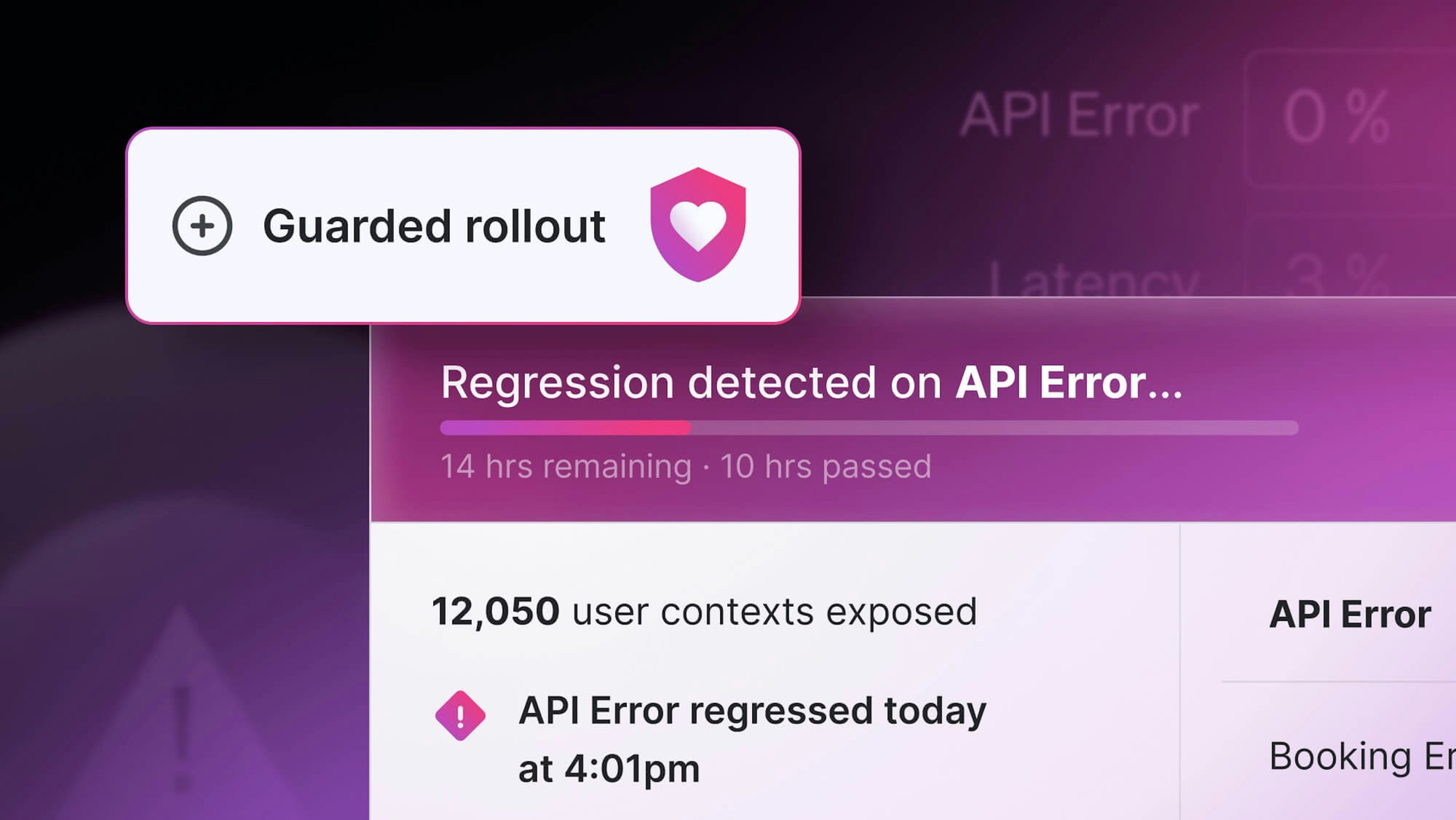Channels should be your first choice for structuring concurrent programs in Go. Remember the Go concurrency credo-- ""do not communicate by sharing memory; instead, share memory by communicating."" That said, sometimes you just need to roll up your sleeves and share some memory. Lock-based concurrency is pretty old-school stuff, and battle-hardened Java veterans switching to Go will undoubtedly feel nostalgic reading this. Still, many brand-new Go converts probably haven't encountered low-level concurrency primitives before. So let's sit down and program like it's 1999.
To start, let's set up a simple lazy initialization problem. Imagine that we have a resource that is expensive to construct- it's read often but only written once. Our first attempt at lazy initialization will be completely broken:
type Expensive struct {
Data int
}
var instance *Expensive
func GetInstance() *Expensive {
if instance == nil {
time.Sleep(5 * time.Second) // Simulate an expensive initialization step
instance = &Expensive{42}
}
return instance
}
func Broken() {
go GetInstance()
go GetInstance() // may also take 5+ seconds
}This doesn't work, as both goroutines in Broken may race in GetInstance. There are many incorrect (or semantically correct but inefficient) solutions to this problem, but let's focus on two approaches that work. Here's one using read/write locks:
var mutex = &sync.RWMutex{}
func GetInstance() *Expensive {
mutex.RLock()
if instance == nil {
mutex.RUnlock()
mutex.Lock()
defer mutex.Unlock()
if instance == nil {
time.Sleep(5 * time.Second)
instance = &Expensive{42}
}
return instance
} else {
defer mutex.RUnlock()
return instance
}
}If you're a Java developer you might recognize this as a safe approach to double-checked locking. In Java, the volatile keyword is typically used on instance instead of using a read/write lock, but since Go does not have a volatile keyword (there is sync.atomic, and we'll get to that) we've gone with a read lock.
The reason for the additional synchronization around the first read is the same in Go as it is in Java. The go memory model does not otherwise guarantee that the initialization of instance is visible to other threads unless there is a happens-before relation that makes the write visible. The read lock ensures this.
Now back to sync.atomic. Among other things, the sync.atomic package provides utilities for atomically visible writes. We can use this to achieve the same effect as the volatile keyword in Java, and eliminate the read/write lock. The cost is one of readability-- we have to change instance to an unsafe.Pointer to make this work, which is aesthetically displeasing. But hey, it's Go-- we're not here for aesthetics (I'm looking at you interface{}):
var instance unsafe.Pointer
var mutex = &sync.Mutex{}
func GetInstance() *Expensive {
if inst := (*Expensive)(atomic.LoadPointer(&instance)); inst != nil {
return inst
} else {
mutex.Lock()
defer mutex.Unlock()
if instance == nil {
time.Sleep(5 * time.Second)
inst = &Expensive{42}
atomic.StorePointer(&instance, (unsafe.Pointer)(inst))
}
return (*Expensive)(instance)
}
}Astute Gophers might recognize that we've re-derived a utility in the sync package called Once. Once encapsulates all of the locking logic for us so we can simply write:
var once sync.Once
func GetInstance() *Expensive {
once.Do(func(){
time.Sleep(5 * time.Second)
instance = &Expensive{42}
})
return instance
}Lazy initialization is a fairly basic pattern, but once we understand how it works, we can build safe variations like a resettable Once. Remember though-- this is all last-resort stuff. Prefer channels to using any of these low-level synchronization primitives.






.png)
.png)






